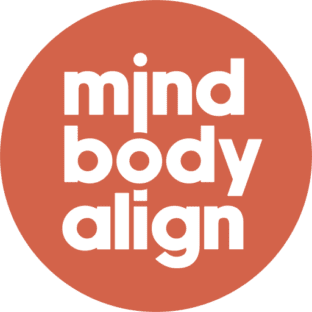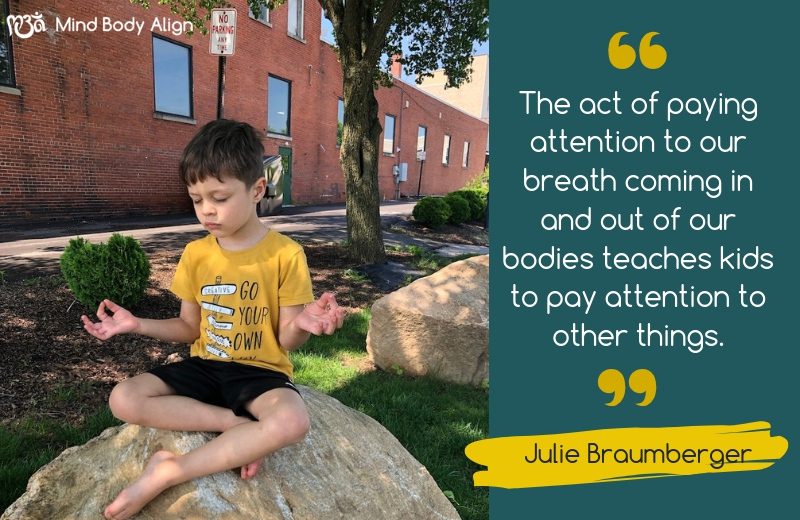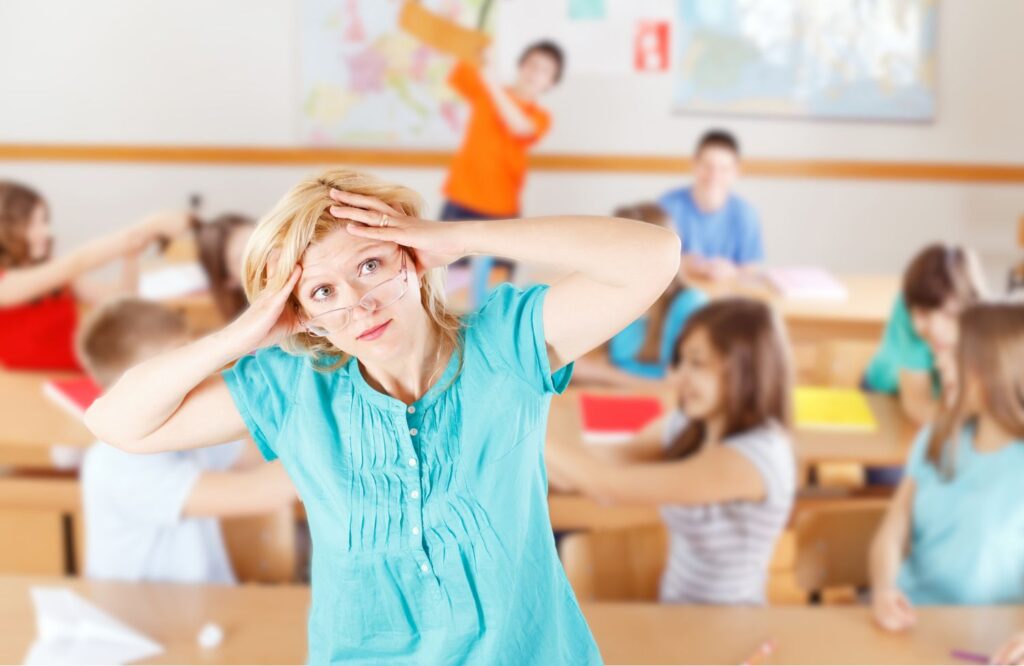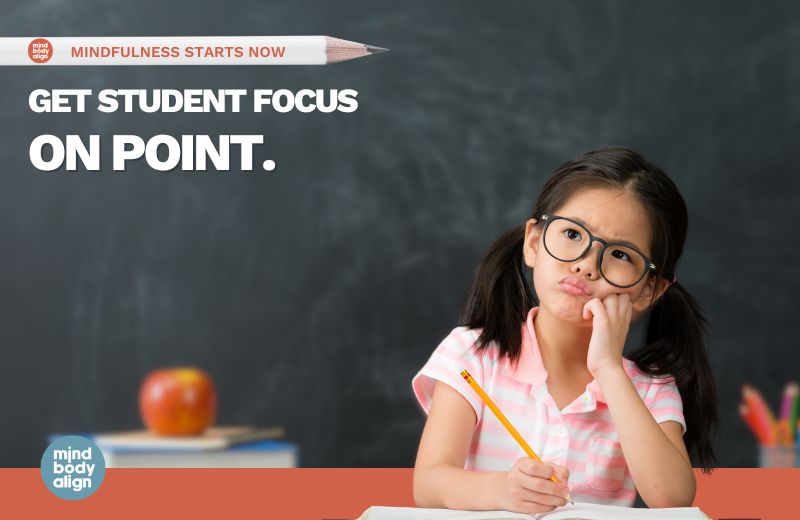Imagine you are a bear hibernating for the winter. When bears hibernate, they take long, slow, deep breaths in and out, through their noses. Take a long breath in through your nose, and let it all the way out. Take another long breath in through your nose. Let it all the way out. Keep breathing like this and feel how relaxed and warm and safe you are in your cozy bear cave. Once more, take a long breath in through your nose, and let it all the way out.
Now imagine this is how teachers lead the first minute of math class for first graders all across the country. The room becomes calm, and the teacher is able to start the lesson on time, with the focused attention of the students. These are bite-sized mindfulness practices, and when they’re done consistently, they can be a powerful tool to help our children live healthier, happier lives. They are simple to execute, they take very little time, and they cost nothing. In a world that’s increasingly fast-paced, where kids are bombarded with media and screens, where they have less and less downtime to just be, these practices can teach kids essential skills. Like- how to calm themselves. How to focus and pay attention. How to manage their behavior and emotions, and how to practice compassion and kindness. They can also help kids cope with and release anxiety and stress.
Anxiety is a serious problem for teachers, parents, and children. When I go into schools to help them bring mindfulness into the school day, I hear over and over from teachers, principals, and school counselors that the teachers and students are stressed out. Even very young children are displaying more anxious behaviors than teachers have ever seen before.
Anxious kids have a hard time in school and in life. Anxiety causes them to have difficulty focusing and paying attention. They can have behavioral and emotional issues. They’re not ready to learn, and even the greatest teacher in the world can’t get a lesson across if students aren’t ready to learn. We have the tools to help them and to help every child who will undoubtedly, at some point, suffer from stress and anxiety.
We don’t have to take mindfulness on faith. 40 studies a month are coming out on the positive effects of mindfulness in the classroom. Science and research demonstrate it’s positive benefits for our health, happiness, work, and relationships. An organization called Mindful Schools looked at 400 elementary school students in four areas of classroom behavior: paying attention, participation, self-control, and respect for others. The students did a simple mindfulness program three times a week for five weeks, and they found significant gains in all four of those areas.
Just think about that for a minute. Improvements in self-control and respect for others are a total gift for teachers everywhere but are also critical skills kids need to learn just to get along in life. Paying attention in class and participation directly leads to academic gains. They benefit not only the students in that classroom, and benefit the teacher, but also the school will perform better, the school district will begin to improve, and the positive effects ripple outward into the community.
Now, as a former elementary school teacher, I know that teachers don’t need or want one more thing to teach in the classroom. They already have too many standards to meet, and mindfulness is not on the state tests. My reply to teachers and parents who don’t have time is this: take just one minute for consistent mindfulness practice and you’ll get it back. Your classroom will be calmer. Your students will be better able to pay attention. The lesson will go more smoothly, without interruption, and you will have more teachable minutes. We all know it just takes a few slow deep breaths to help us feel so much calmer because studies show controlled breathing sends the brain a signal that all is well, and the brain begins to calm the nervous system and to slow the body’s stress response.
In order for these practices to work, the kids have to like doing them. So they have to be built around concepts that kids enjoy. They have to be fun. For example, we take a cup of hot chocolate, but it’s much too hot to take a sip right now. So we have to blow on it to cool it off. We take a long breath in and we blow toward the hot chocolate. Repeat that six, seven or eight times. Or we see a big beautiful flower that we’ve never seen before. We’re curious how it smells, so we bring it up close and we take a long sniff and then let our breath all the way out, and we repeat that five, six, seven or eight times.
When I go into schools and I have 20 super wiggly kids sitting in front of me all smashed together on the floor, I lead them in bear breath or flower breath and they become totally engaged and quiet. The teachers are generally pretty surprised, but the kids are not still because I taught them the benefits that deep breathing has on their central nervous system or because they have been reading up on how trendy mindfulness is. They’re quiet and still because it’s a concept that speaks to them and because it feels good and because it works.
Like any other skill, constant practice is the key to its effectiveness. Paying attention is the skill we constantly ask kids to do, but we don’t teach them how and we don’t have them practice it. The act of paying attention over and over to our breath coming in and out of our bodies teaches kids to pay attention to other things. Consistent practice for schools means fitting it into the schedule at a non-negotiable time. The same time every day and everybody knows what to expect.
It takes one minute, but over time it begins to build the muscles for practicing focus, emotion regulation, compassion, and kindness. This isn’t an enrichment program. This is an essential program.
Think of a child who is caught in a cycle of acting out and discipline and punishment. In school, she disrupts the classroom. She is removed from the class. She misses the lessons and gets behind. She gets frustrated. She acts out some more. Her grades slip. She eventually gives up on school altogether. This happens all the time.
Now imagine if that student had a grown-up in her life. A grandparent, a teacher, a school counselor. A parent who consistently taught her simple mindfulness practices tailored right to her age. Over time she learns to calm herself. She also becomes self-aware so she recognizes that she’s about to act out and can stop it in its tracks. She practices showing kindness to other people. She’s able to stay in the classroom, keep up with her studies, graduate, and go out to be a force for good in the world.
This one simple tool can literally change the trajectory of a child’s life. Now think of this effect multiplied by hundreds, by thousands, by millions of kids and you begin to see it’s so simple, but it can be so powerful. Imagine self-regulation being taught alongside academics in all of our schools. Imagine a whole generation of kids who are self-aware.
We’re talking about an approach that can be implemented in every home and every classroom tomorrow morning. We start with baby steps, but they are powerful baby steps. We don’t need to wait for the school system to change. In fact, we can’t wait for the school system to change because kids need to be learning the skills now. Start now with the kids in your life.










